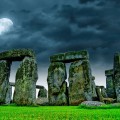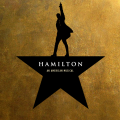Paris: The city of lights, romance, and history…not to mention great food
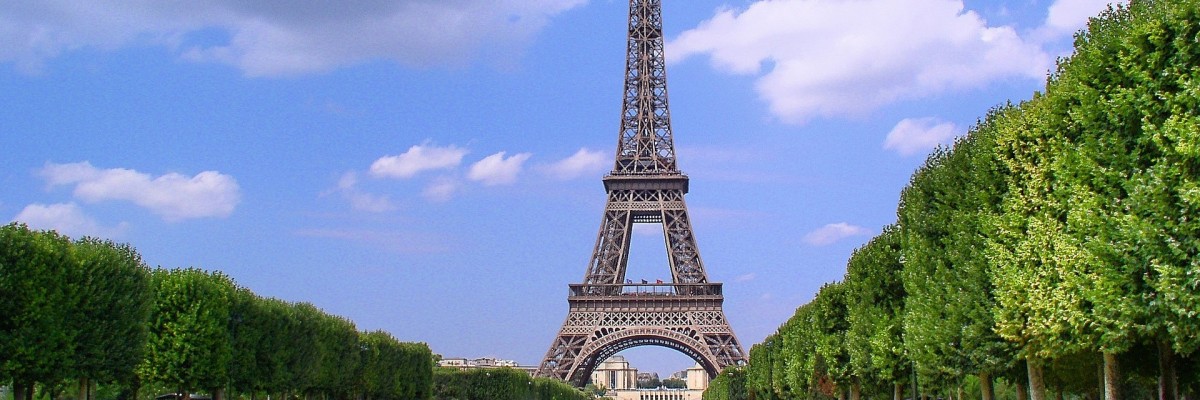
There’s more to Paris than the Louvre, the Eiffel Tower, and the usual tourist spots. The city’s history is just as enchanting as the fogs that blanket it in springtime.
A Brief History of Paris
Once upon a time…ok, forget the fairy tales. As much as Paris is the city of lovers, its history is anything but romantic. Unless you like bloodbaths, cholera, and the like.
The area we now know as Paris was settled around 250 BC, presumably after the Celtic Parisii got tired of walking. They called the place “Louktieh”, which is Celtic for marsh. Guess what the weather was like.
Poor climate aside, the Parisii made the most of their little settlement, and it grew. Quickly. Julius Ceasar wrote about it, and the Seine River helped the city’s commerce to prosper. In 250 AD, Christianity arrived, followed shortly by a barbarian invasion. Attila the Hun almost paid a visit in 451 AD, but a little girl named Genevieve prayed him away, as the legend goes. She’s now the city’s patron saint.
That little girl had a big influence. In 508 AD, Clovis the King of Franks, who made Christianity his religion with Genevieve’s help, made Paris his capital. While he was at it, he defeated the Romans. Popularity wanes, however, and in 786 Charlemagne, who became king of Franks in 768, moved the capital to Aix-la-Chapelle, which is now the city of Aachen in Germany.
Pirates from Normandy made their appearance in 885-886, in 700 ships that sailed up the Seine. Comte Eudes, whose grand-nephew later became king, defended the city. In 1140, the first Gothic Cathedral was built north of the city. In 1180, Philippe Auguste became king and built an amazing palace (the Louvre).
Paris is a cultured city, and the city’s university was founded early on; 1215 to be exact. The Sorbonne showed up in 1253, and then the English arrived. Joan of Arc did her best to free the city in 1429, but wound up being burned at the stake in 1431. By 1436, the English left Paris behind, making room for the Renaissance from 1515-1547.
Returning to education, the College of France was built in 1530. In 1572, conflict between Catholics and Protestants was heating up. The St. Bartholomew’s Day Massacre left 3,000 Protestants dead, their corpses tossed into the Seine. Evidently the Catholics had the upper hand. In 1593, Henri IV converted to Catholicism and as king, set about making Paris beautiful with the addition of new squares, hospitals, and bridges.
In 1604, the Pont Neuf bridge was built. You can still see it today. It was followed in 1606 by the Hospital of Paris, which is also still in active use. Evidently, all that good will upset someone. In 1610, Henri IV was assassinated. From 1643-1715, Louis XIV reigns. He made France into one of the most powerful empires, and Paris its crown jewel. In 1718, the Elysee Palace was built for the Count of Evreux, who later sold it to Madame de Pompadour. Today it houses France’s president.
July 13, 1789, a mob of angry Parisians stormed the Bastille prison. The French Revolution began. For the next two decades, the guillotine is in fashion. More than 2800 people, including the revolutionaries who started it all, were beheaded. And then came Napoleon, from 1804-1815. After Napoleon came more turmoil a few more kings, and in 1832 a massive cholera epidemic that killed 19,000 people.
The first railway in Paris opened in 1837, a sign of quick changes to follow. In 1840, Napoleon’s body is returned to Paris. 1848 hosted the first legislative assembly, and a landslide victory by Prince Louis Napoleon Bonaparte as president. That wasn’t enough for him, however. He declared himself emperor in 1851.
In the art world, change is a good thing. Impressionism arrived in the Salon de Refuses in 1863, but just 7 years later, Paris fell into the hands of the Prussians. New ideas can be dangerous, as the 20,000 Parisian socialists who were slaughtered by the French army in 1871 would warn you. By 1889, things were calming down, however. The Eiffel Tower was built (despite major objections by artists). In 1900, the first metro line in Paris opened. It’s still running today.
And then, there was war. World War I and II. When it ended in 1946, the new constitution gave women the right to vote. The rest, as they say, is history…
Where to Go in Paris
If you’re looking for something to do in Paris, there’s no shortage of adventure waiting. From guided walking tours around one of the world’s most walkable cities to hidden attractions that tell you more about Paris than the Arc de Triomphe ever will, don’t miss the places on this list.
Visit Roman Ruins
If you’re looking for a real adventure in the city, hunt for signs of its Roman past. You’ll find ruins in more places than you expect, including in an archeological crypt near the Notre Dame. For a more popular tourist spot, the Roman baths at Cluny are a fascinating stop.
Stay Dry in the Covered Passages of 19th Century Paris
Once upon a time, Paris was riddled with covered streets. A relic of the 19th century Parisian middle class, consider a scavenger hunt through the city to find the 30 that remain. It’s a perfect rainy day activity, and you’ll discover some enchanting cafes and restaurants along the way.
Swing by the Louxour Cinema
Almost as much as it is the city of lights or of lovers, Paris is the city of cinemas. The Louxor is an art-deco masterpiece that closed in 1983 after 53 years of showing Parisians great flicks. Today, it is open and in operation again. The Egyptian-inspired décor in Salle 1 is fun and the film selection is nothing like what you’ll find at home…in a good way. Get off the metro at Barbès-Rochechouart to visit it, but be prepared – it’s a rougher part of town.
Walk the Viaduc des Artes and its Green Promenades
If art is your thing, check out the local craftsmen and artists at work selling their wares along the Viaduc des Artes. There are stairs that lead up from the trendy shopping area to a gorgeous green walk known as the Promenade Plantée, and reminiscent of the High Line Park in New York City. Once a railroad track, this is now one of the prettiest walks in all of Paris.
Get Down and Dirty on a Tour of the Paris Sewers
Are you on the hunt for something truly unusual? If you don’t mind getting dirty, a walk through the Parisian sewers might be perfect for you. No, it’s not the usual tourist stop, but it’s worth it, and offers a unique way to connect with the story of Les Miserables. It’s a sewer, so be ready for the stench. Luckily, it’s also a museum, and guest comfort is taken into consideration. The tour is low cost (free with museum tickets), short, and informative. This is a perfect escape on a hot day, but definitely not for everyone.
Where to Eat in Paris
Paris is famous around the world for its food. On any given travel site, you’ll find a list of the city’s best restaurants. Most offer something in addition to the food – waits that last for hours. If you’re in the mood for good food, but don’t want to waste your time in the City of Lights waiting for tables, swing by one of the places below.
Lockwood
English-speaking staff, a menu that blends the best of California with France, and a real cave downstairs make this a popular hangout with expats and locals, but it’s not on most tourists’ radar. Grab a slice of red velvet cake and an amazing drip coffee to squelch any homesickness you might be feeling. Rumor has it that the pancakes are delish, too.
Angelina
Arguably the best hot chocolate in the world, Angelina is a hard place to get into, and once you’re inside, you may not want to leave. They’ve been serving up the city’s best hot chocolate for over 100 years, and there’s a reason this dining spot is internationally famous. In addition to tempting desserts, hot chocolate, and house-made chocolates, you’ll also find a killer menu and impeccable service – and it won’t break the bank. Don’t forget to make a reservation. You’ll need it.
Au P’tit Grec
If you’re looking for a great crepe on the go, hunt for Au P’tit Grec. Too big to finish in one sitting, incredibly flavorful, and entirely portable, these crepes are the definition of culinary excellence. They’re also budget (and kid) friendly.
L’As du Fallafel
Remember the singer Lenny Kravitz? When in Paris, he stops here for the falafel. It’s a taste of the city’s ever-expanding Middle Eastern influence, and every bite is worth it. Just one warning: the portions are huge and messy. Bring napkins.




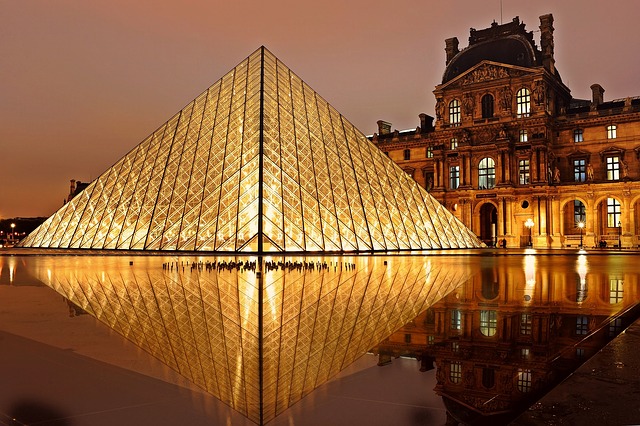
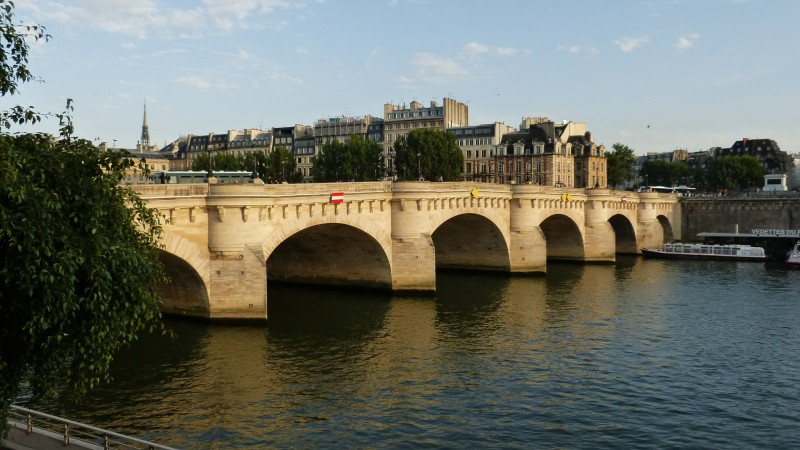
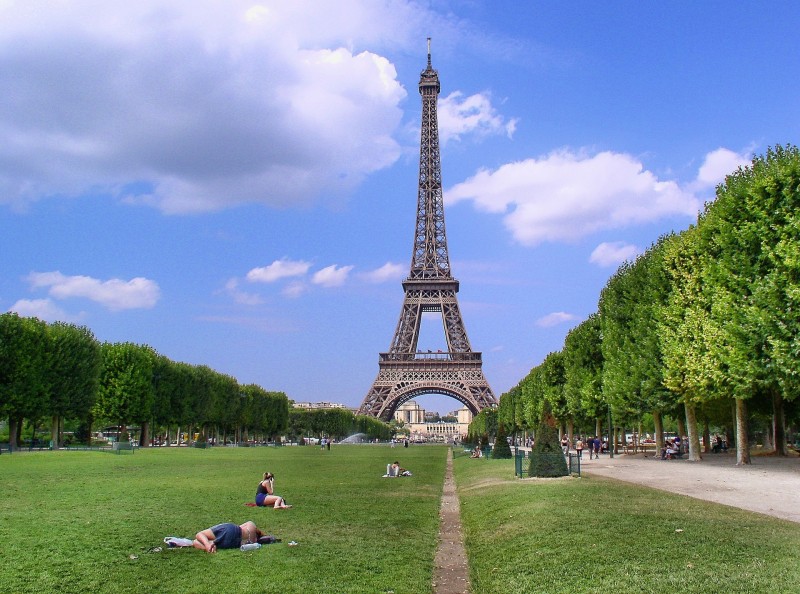
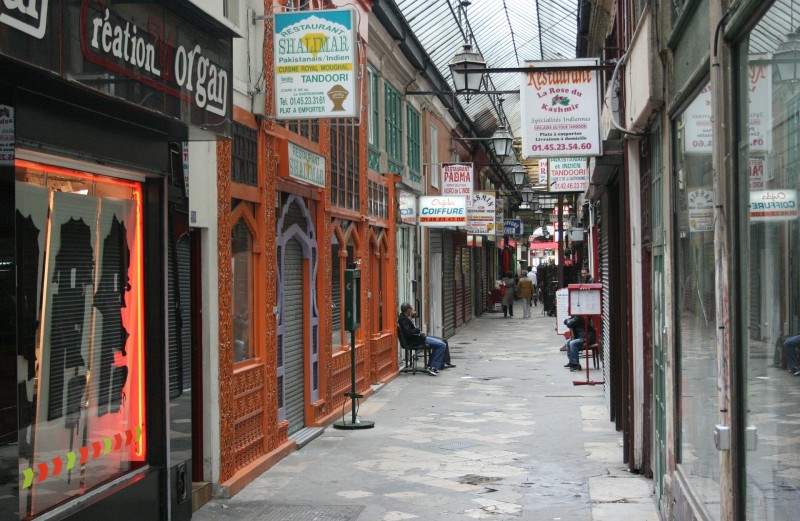
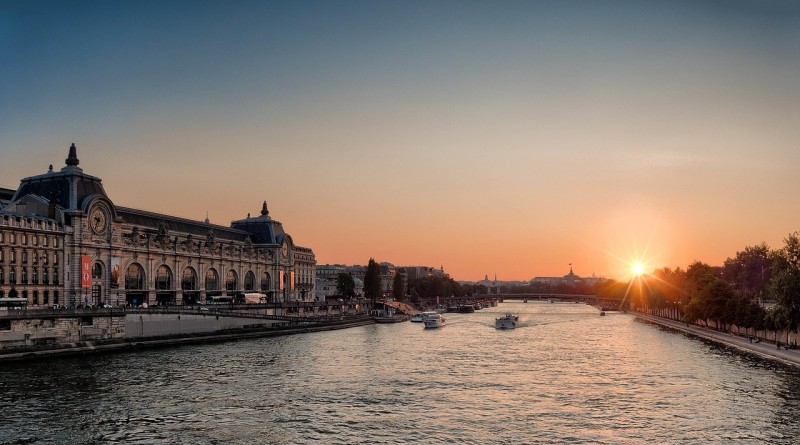
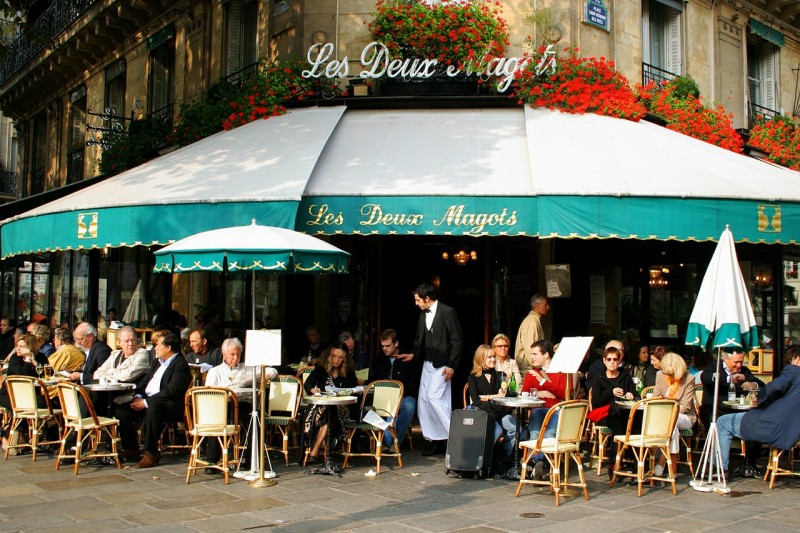
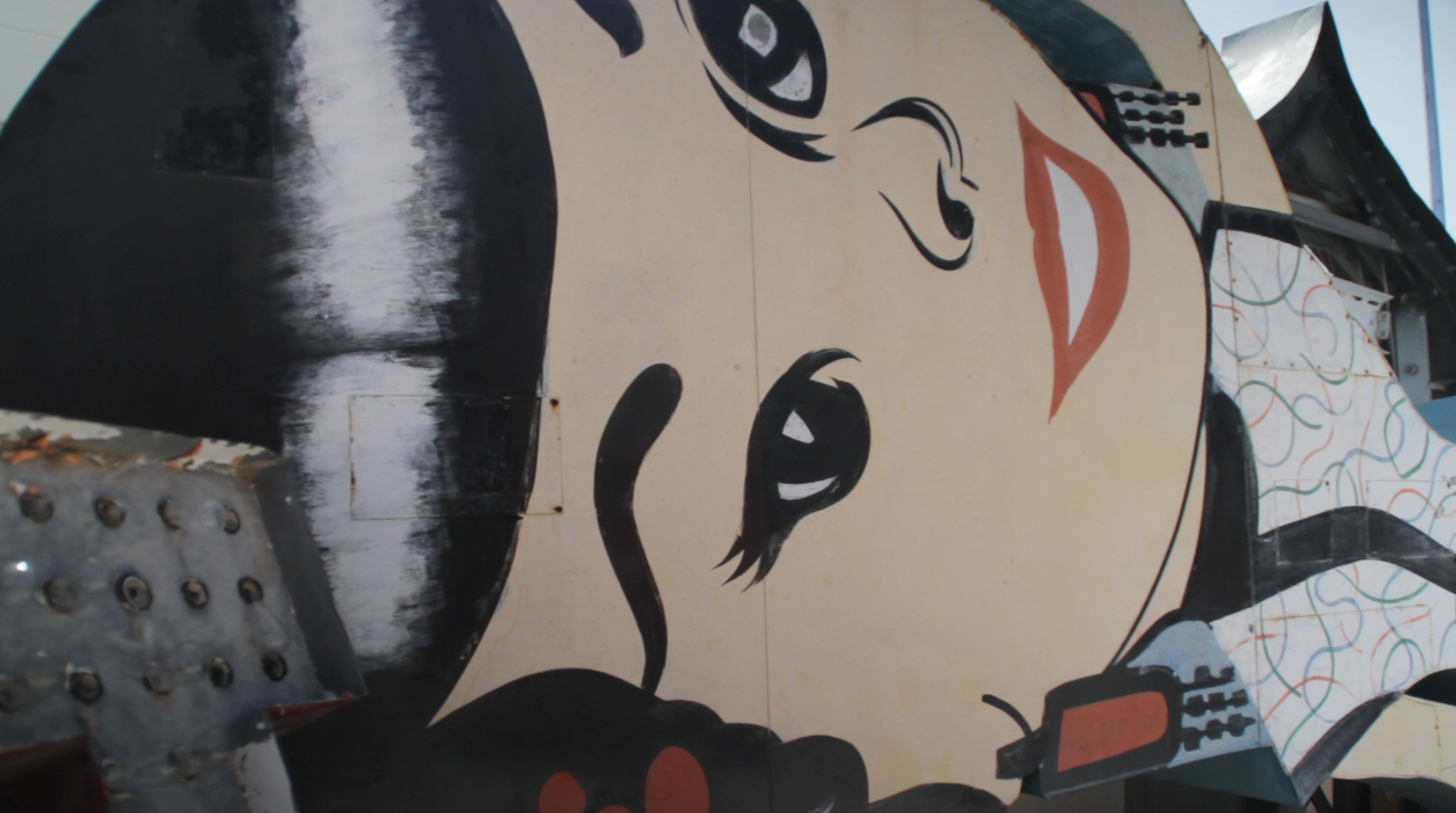
![By Oreos (Own work) [Public domain], via Wikimedia Commons](http://www.travelthruhistory.tv/ThruHistory/wp-content/uploads/2017/02/In-N-Out_Burger_cheeseburger-120x120.jpg)
